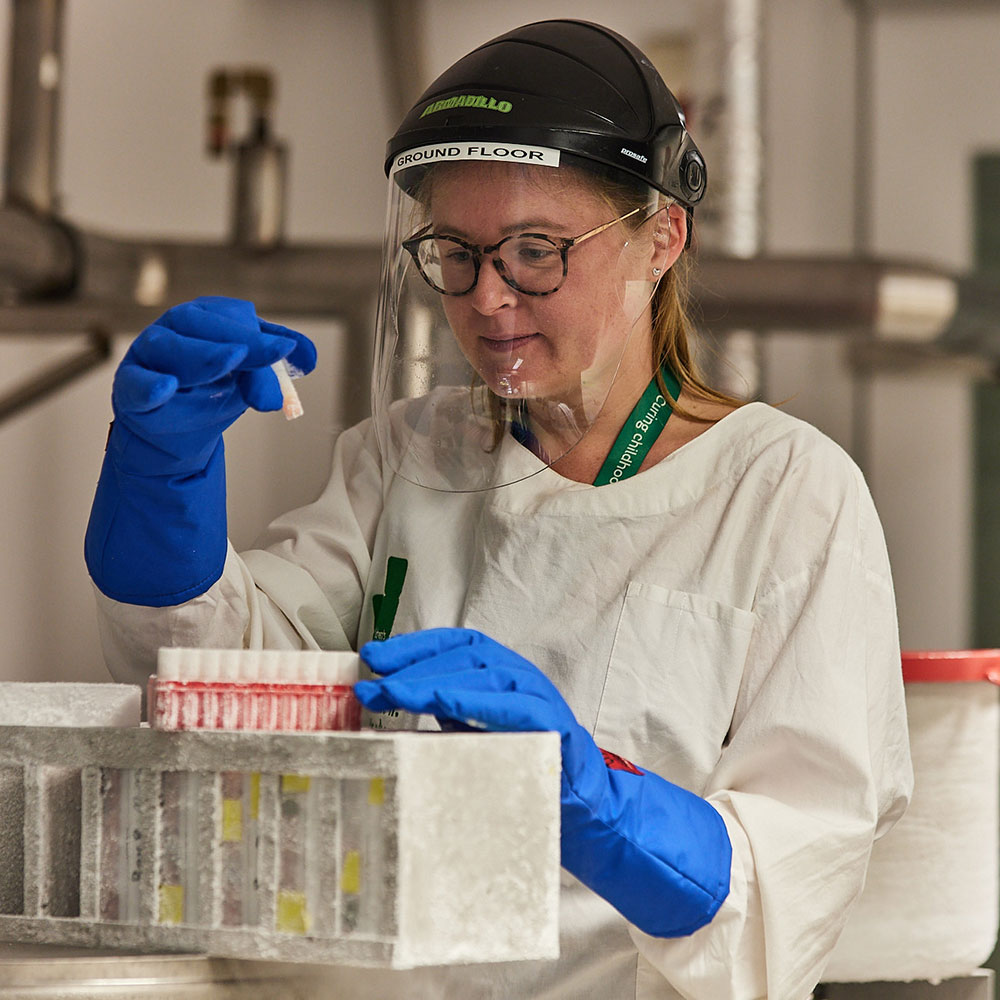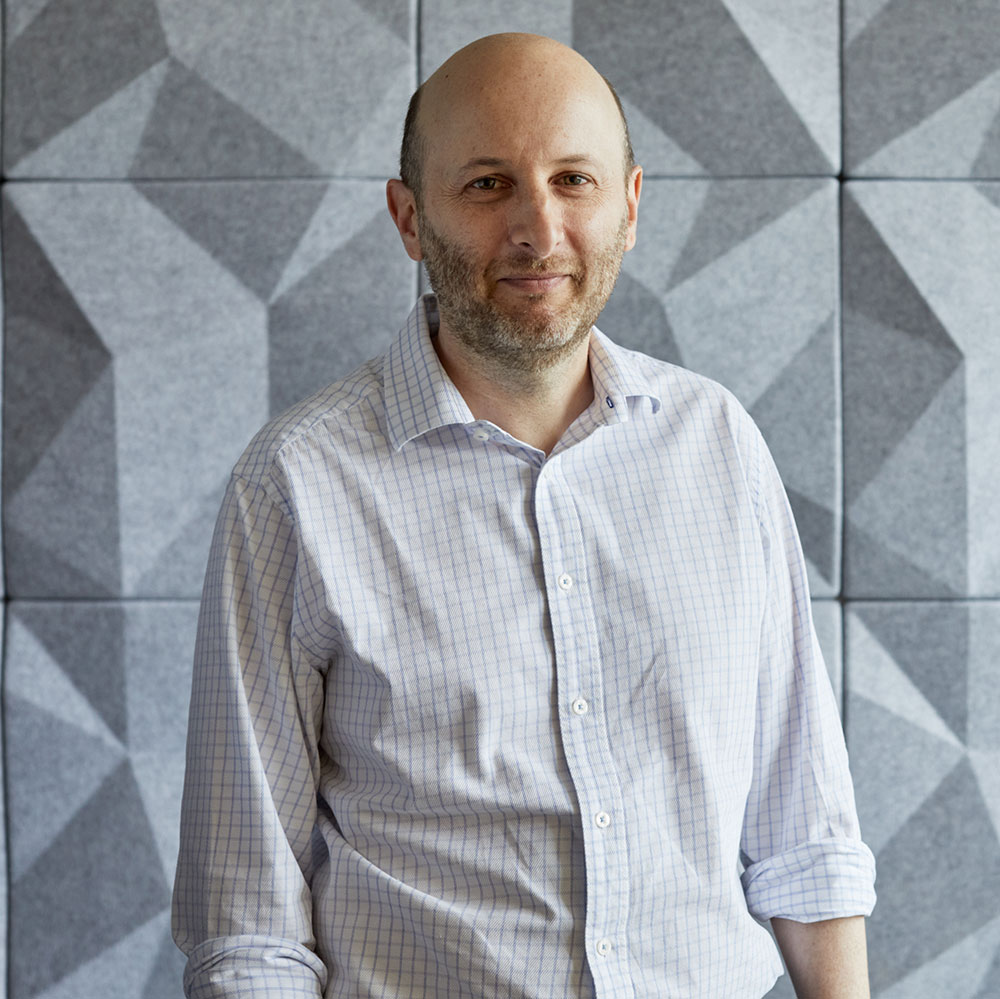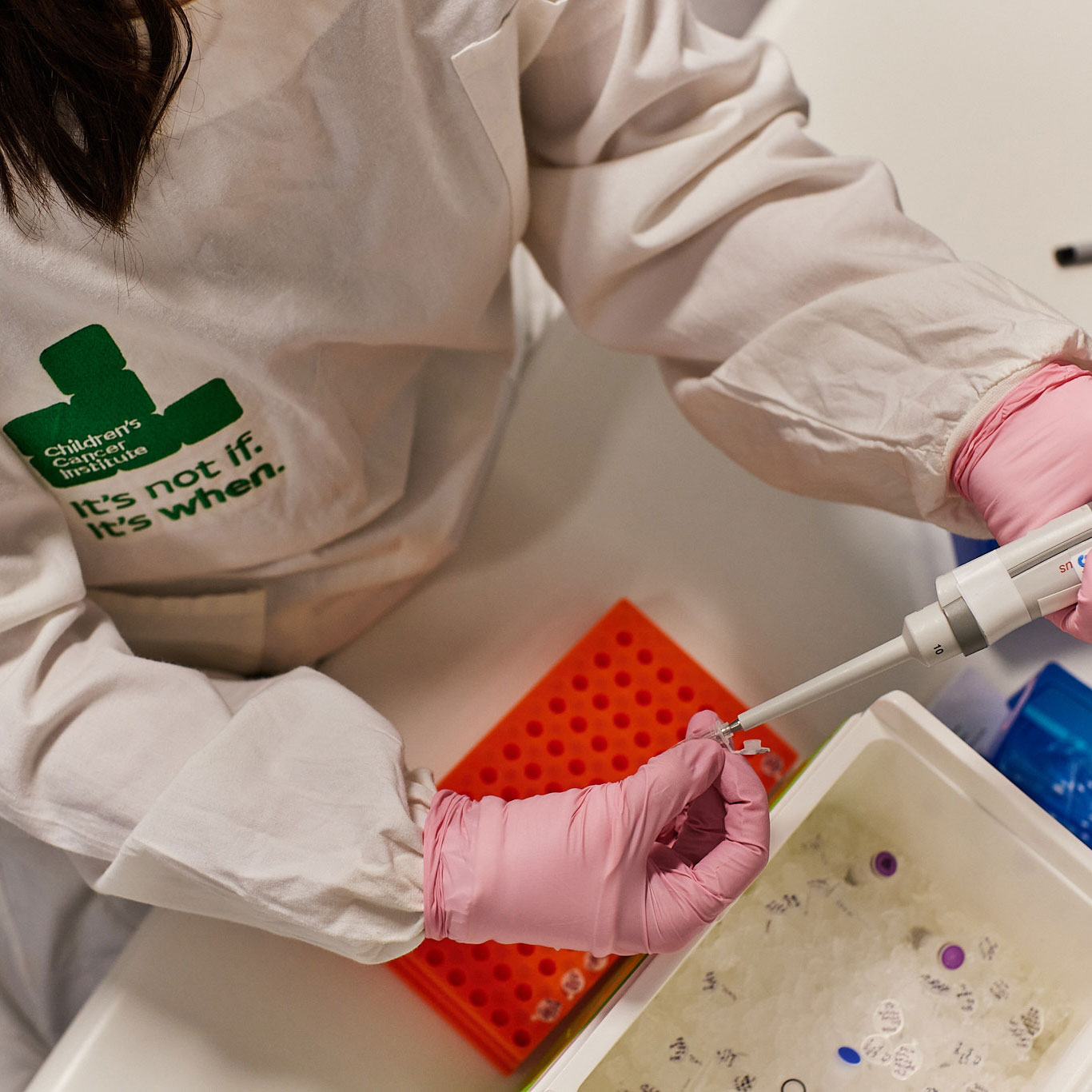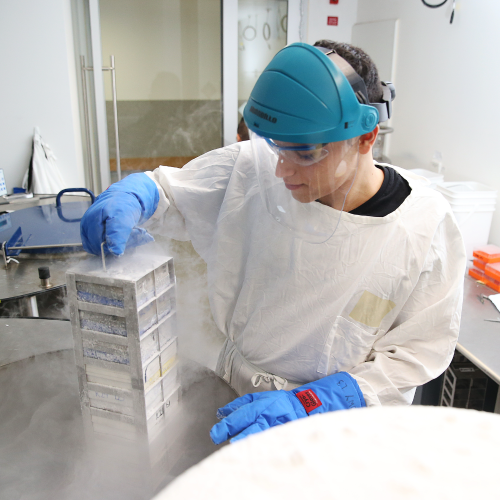In this third blog in our ‘rapidly evolving areas of research’ series, we look at the emerging area of immunotherapy for childhood cancer. What is it, what research are we doing, and what makes it so exciting?
What is immunotherapy?
Immunotherapy is a type of therapy that involves harnessing the body’s own immune system to fight disease. Immunotherapy for cancer (immuno-oncology) is aimed at improving the immune system’s ability to fight cancer.
Because it’s based on the body’s natural defense system, immunotherapy doesn’t tend to cause the same debilitating side effects − including late effects that can show up years after treatment − as some other therapies like chemotherapy. That’s a pretty big plus, especially for kids with their whole life ahead of them.
There are several different types of immunotherapy, and these generally work in one of two ways. They either boost the ability of immune cells to recognise and kill cancer cells, or they remove barriers that tumours have developed as protection from the immune system attack.
Immunotherapy for cancer
The use of immunotherapy to treat adult cancer is now quite well advanced. In fact, immunotherapy has become a standard treatment for some cancers in adults, such as lung cancer and the skin cancer, melanoma. It’s a different story for childhood cancer, though.
As you may know, childhood cancer is different to adult cancer in many ways. For example, cancers in children are often different in their causes, and the way they grow and spread. So it perhaps wasn’t too surprising that, when researchers started looking at immunotherapy for childhood cancer, they learned there were important differences that meant many childhood cancers didn’t respond to immunotherapy the same way that adult cancers do. More research was clearly needed.
Using immunotherapy in kids
To find out how best immunotherapy can be used in kids with cancer, a much better understanding of what’s called the ‘immune microenvironment’ of childhood cancer is needed. This refers to other types of cells that can be found in and around a tumour, including immune cells known as ‘tumour-infiltrating leukocytes’ or TILs.
These immune cells not only influence how a cancer grows, but determine how the cancer will respond to treatment with immunotherapy. Finding out about the TILs in a child’s tumour is therefore critical to finding out if that child is likely to be a candidate for immunotherapy, and if so, how that therapy might best be used.
There are also other questions that need to be answered if immunotherapy is to become as useful for kids with cancer as it has for adults. Are there ways we can make cancer cells more ‘visible’ to the immune system, or more sensitive to immunotherapy drugs, for example?

Our immunotherapy research
Immunoprofiling
In 2015, our Institute entered into a partnership with leading adult cancer research organisation, the Peter MacCallum Cancer Centre (Peter Mac), to create Australia’s first-ever childhood cancer immunotherapy program.
As part of this collaboration, Associate Professor Paul Ekert and his team in our Translational Tumour Biology Group are working on ‘immune profiling’ (immunoprofiling) of children taking part in the Zero Childhood Cancer program (ZERO). This involves analysing the immune microenvironments of each child’s cancer, using multiplex immunohistochemistry as well as DNA and RNA sequencing, to learn as much as possible about each cancer’s immune profile or signature.
In time, the researchers hope to understand exactly which childhood cancers are susceptible to which immunotherapies, allowing the ZERO team (and similar teams in other parts of the world) to identify children who are candidates for this type of treatment. They are also aiming to develop new immunotherapeutic strategies of their own, and to test these in the lab.
Sensitizing cancer to immunotherapy
In other research at Children’s Cancer Institute, Dr Orazio Vittorio and his team in the Metal-Targeted Therapy and Immunology Group are investigating whether there is something that can be done to make childhood cancers that don’t respond to immunotherapy more sensitive to this type of treatment.
The team has so far found out that some cancers are able to camouflage themselves from immunotherapy drugs by expressing a certain molecule (PD-L1) on their cell surface, and that absorbing high levels of copper helps the cancer cells produce more of this molecule. When mice with neuroblastoma were treated with a commonly available drug (TETA) to reduce the amount of copper in their cancer cells, and the mice were then given immunotherapy, there was a significant reduction in the size of their tumours.
By understanding how copper-targeting drugs might be used hand-in-hand with immunotherapy, we hope to open the way to immunotherapy being successfully used to treat childhood cancers such as neuroblastoma and glioblastoma, ultimately improving survival rates.
The future of immunotherapy
While there’s more research to be done before we fully understand how immunotherapy can best be used to treat children with cancer, there’s no doubt that it holds a lot of promise. This is a very exciting area of research which is offering new hope for kids with cancer and their families. We look forward to bringing you more on this rapidly developing field in the future.














